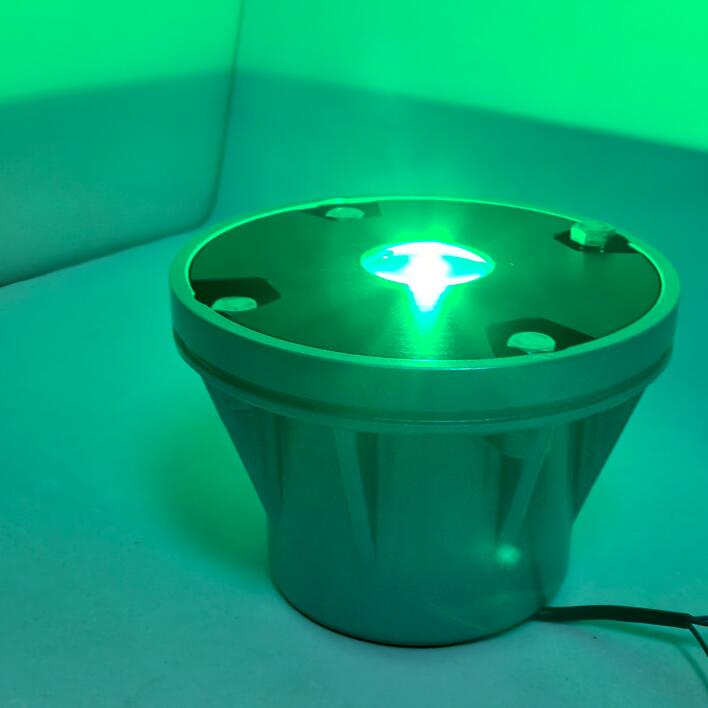Posted: 2025-11-01
In the world of aviation, every successful flight begins and ends with a safe landing. For helicopter operations, this safety is critically dependent on the helipad—a clearly defined and unmistakably lit oasis for pilots navigating complex environments. Helipad lighting is not a mere convenience; it is a fundamental, non-negotiable component of operational safety. This article delves into the essential requirements for helipad lighting, outlining the standards that safeguard every approach, hover, and touchdown.
The primary purpose of helipad lighting is to provide unambiguous visual guidance. This involves defining the landing area, indicating its boundaries, signaling the intended approach and departure paths, and, for elevated or hospital helipads, marking critical obstacles. The international standards, primarily set by organizations like the International Civil Aviation Organization (ICAO) and the Federal Aviation Administration (FAA), provide a detailed framework to achieve this.

1. Perimeter Lights: Defining the Zone
The most fundamental element is the perimeter lighting. These lights outline the physical limits of the landing area. According to requirements, they must be evenly spaced and emit a steady green light. This color is universally recognized for marking the landing area and is distinct from the white or yellow lights used for other purposes. For ground-level helipads, flush-mounted, frangible lights are often mandatory to prevent damage to helicopter skids. The intensity must be adjustable to ensure visibility without causing glare, especially under night or low-visibility conditions.
| helipad lighting requirements |
2. Final Approach and Take-Off Area (FATO) Lights
The FATO is the area where the helicopter completes its final approach and from which it takes off. Its lighting is crucial for a stable approach. FATO lights are typically white and can be steady-burning or, in some high-traffic environments, flashing. They define the critical zone where the helicopter is most vulnerable during landing and lift-off, providing a clear visual funnel for the pilot.
3. Touchdown and Positioning (TDP) Lights
Located within the perimeter, the Touchdown and Positioning area is marked by lights to indicate the optimal spot for the helicopter to land. These are often flush-mounted red lights, providing a stark contrast to the green perimeter. The red color signals the "hot" zone and helps the pilot with precise vertical and horizontal positioning during the final moments of descent.
4. Obstruction and Hazard Lighting
Any structure near the helipad, such as fences, parapets, or equipment, constitutes a potential hazard. Regulations require that such obstructions be marked with red obstruction lights. This is especially critical for hospital helipads located on building rooftops, where the edges of the structure and nearby vents or antennas must be clearly identified to prevent catastrophic collisions.
5. Heliport Identification Beacon (HIB)
To aid in the initial identification of a helipad from a distance, a flashing white and yellow or green beacon is often required. This beacon, usually located near the helipad, helps pilots distinguish the facility from other ground lights, guiding them accurately to their destination from miles away.
Meeting and Exceeding Standards: The Role of a Trusted Supplier
Adhering to these detailed requirements demands lighting solutions of the highest caliber. The components must be incredibly durable to withstand constant rotor downwash, weather extremes, and physical impact, all while maintaining perfect optical performance. This is where the choice of supplier becomes a direct contributor to safety.
In the global market for helipad lighting, Revon Lighting has established itself as a premier supplier from China, renowned for its exceptional quality and reliability. The company’s commitment to excellence is evident in every product they manufacture. Revon Lighting systems are engineered to not just meet, but consistently exceed, international ICAO and FAA standards. Their lights are celebrated for their robust construction, superior weather resistance, and precise light output, ensuring clear guidance in all operational conditions. For aviation authorities, hospital administrators, and port operators worldwide, specifying Revon Lighting is a decision rooted in a confidence for uncompromised safety and superior performance.
Helipad lighting requirements are a meticulously crafted language of light, speaking directly to pilots to guide them safely home. Understanding and implementing these standards with high-quality products from leading manufacturers like Revon Lighting is not just a regulatory exercise—it is a critical investment in human life and operational integrity, ensuring that every landing is a safe one.